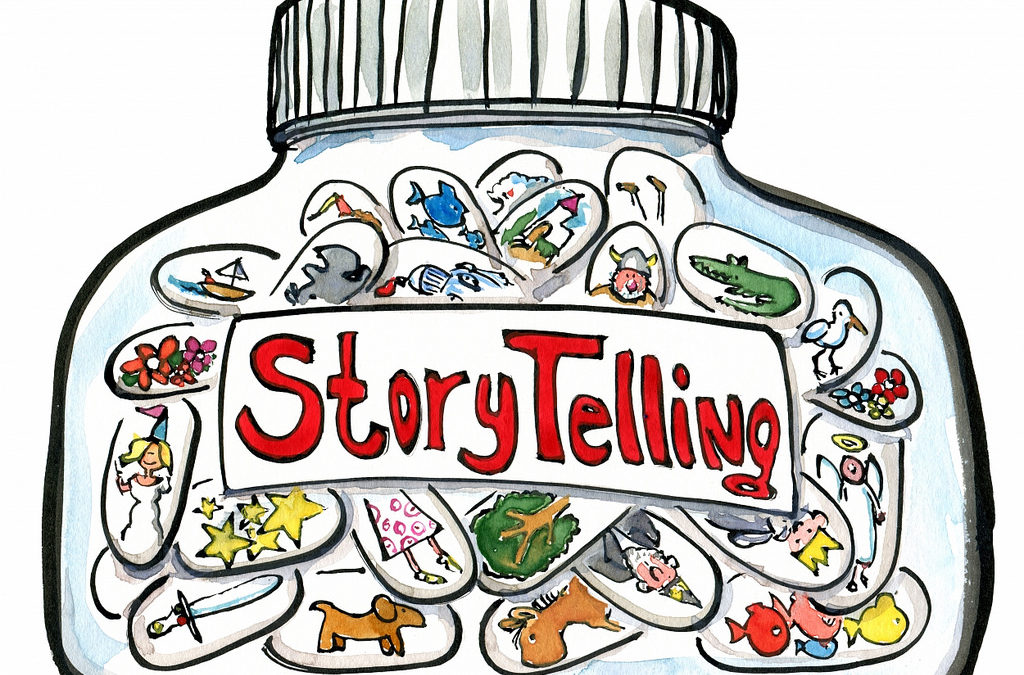Have you ever heard of the World Memory Championships?
It’s really a thing I promise. It involves, you’ll be surprised to learn, participants memorising and then reciting as much information as possible—whether it’s numbers, words, random images or playing cards.
Current world champion, the Usain Bolt of remembering stuff if you will, is German legend Simon “The Flash” (yes, really) Reinhard.
One of his bewildering achievements last year, when he wasn’t struggling to fight off memory sport groupies, was capturing the world record for remembering a series of random words—memorising 300 in just 15 minutes.
Now, we all know it’s impossible for anyone to remember 300 anything’s in their heads in any logical way. It’s why login webpages have that condescending ‘Forgotten Password?’ link and it’s why PIN codes only have four numbers—that we still forget (I write mine on the back of the card, because I’m smart).
So, how did this warrior of mind sport achieve his, let’s face it, fairly enviable feat?
Like everything, it’s all in the technique.
And that technique is storytelling.

No One Remembers Great Statistics. Everyone Remembers Great Stories
The human brain has been shown to only be capable of reliably remembering four things at a time. So Reinhard used an approach that’s been around for as long as humans have existed.
He told himself a story.
As the words were laid out on cards in front of him, he connected each one into a storyline in his head.
So, say his list of words included:
· Bike
· Coin
· Fruit
· Spare
· Face
His mental storyline would have read something like, “While I was riding my bike, I spotted a coin on the ground. I picked it up and bought some fruit. But I bought too much and had some spare. I couldn’t face throwing it away, so I saved it for later.”
And then another 295 words after that!
The point is, no one remembers facts, figures or words out of context:
People remember stories.
What is Storyteller Marketing?
You’ll have no doubt heard a lot about storyteller marketing in the last few years. Every now and then the marketing world vomits up a new buzzword that sells a lot of books but has the effective shelf life of an avocado.
Storytelling is different.
Storytelling is as old as people, and is the single most effective communication tool a company has to engage with its audience.
By telling your brand’s story, you have the opportunity to build real relationships. Even better than that, it gives you the chance to appeal to exactly the type of person you want to work with by demonstrating that you share the same values.
Whatever platform, or combination of platforms, you choose to tell your story—whether it’s across social media, through your blog, your website or email marketing—storytelling gives you the chance to inspire loyalty and make yourself indispensable. Talk to your seo company san francisco about storytelling options to enhance your online traffic.
Why Storytelling Works
Storytelling is woven deep into our DNA.
The first primitive cave paintings are stories. As children, our bedtime fairy tales taught us some of our first life lessons.
Our brains are unavoidably programmed to crave stories. More importantly, we’re wired to remember them.
And crucially:
Stories can change our attitudes, our behaviours and our opinions.
In purely physiological terms, a story engages more of the brain.
Listening to a random set of facts only activates our language centres, known as the Broca’s and Wernicke’s areas.
But listening to stories also fires up the parts of the brain we’d use if we were actually experiencing the events for ourselves.

If a character in a story is described as being caught out in the freezing snow, our sensory cortex is triggered. If they’re hurtling along in a car or running full-pelt, our brain’s motor cortex lights up.
We put ourselves in the story and feel what they’re feeling.
Like it or not, stories get remembered and that makes them a very powerful marketing technique.
How To Build Your Brand Through Storytelling
The problem engineers face is that they don’t usually deal with anything as fluffy as feelings or emotions.
Engineers deal with facts, data and statistics. That’s what makes them comfortable and what gives them the warm and fuzzies.
But as we know, engineers aren’t like other people.
Engineers love features. Everyone else loves benefits.
Other people want to know what you can do for them.
So, if the thought of trying to communicate your brand’s story leaves you with a sick feeling in the pit of your stomach, don’t panic. It’s actually not as difficult as you might think.
There is one rule you have to remember:
For the most part, what you do and how you do it aren’t as important to your clients as why.
The Golden Circle
Advertising executive and best-selling author Simon Sinek introduced his concept of The Golden Circle in a 2009 TED talk.
He pointed to some of the most successful marketing storyteller examples of the day, most notably Apple’s, and how they’d turned the traditional method of storytelling on its head, so if you sell online, is better to hire an internet marketing company to work on your site, so you can get more clients and more conversion.
Whereas most companies started out explaining what they did first, before moving on to the how and the why, companies like Apple worked from the inside out.
By first defining why the company came about, why it does what it does, it connected with its target audience in a primal way.

Apple makes and sells computers. Big deal. Lots of companies make and sell computers and, let’s be honest, they mostly all do, or can be made to do, the same things.
But as I sit here typing away on my big ass iMac, I can confirm that I didn’t buy it because I considered it the finest computer available. I bought it because I remembered and wanted to identify with Apple’s story—the one that starts:
“Everything we do, we aim to challenge the status quo. We aim to think differently.”
Yes! That’s the very stuff for me! I want to challenge the status quo! And all 70’s rock bands!
I know I could’ve achieved exactly the same results with a machine that cost half as much. But I wanted to be one of the cool kids.
That’s the power of great storytelling. I already knew what Apple did. I didn’t really care how they did it. But I most definitely cared why.
How To Tell Your Story
The most important part of your story isn’t the story. It’s the people you’re telling it to.
Before you sit down to write anything, ask yourself:
“Who are my audience and why should they care about what we do?”
Red Bull are masters at this. Every piece of content that Red Bull puts out into the world, from a simple tweet to an issue of their monthly magazine Red Bulletin isdesigned to convey their story to their very specific demographic.
The brand that “gives you wings” has become less about the energy drink and more about the aspiration their audience has to be involved in the extreme feats showcased in the company-sponsored sports events.
Even stunts way beyond the scope of normal people become an important part of the story, and are targeted at the company’s loyal followers.
When Felix Baumgartner broke the skydiving record, freefalling from the edge of space, Red Bull poured $30M into the event and their branding was plastered as far as the eye could see.
That jump was watched by over eight million people. Admittedly, about seven and a half million switched over as soon as his parachute opened and it became obvious he wasn’t going to end up embedded into the New Mexican desert, but still. As far as storytelling goes, it was a stunt perfectly in keeping with the personality Red Bull wanted to portray.

Whatever you manufacture, or whatever service you provide, it affects the lives of your customers and the world in general.
Why does what you do help them?
Once you’ve answered that question, really answered it, you have your story.
And that doesn’t mean reeling off a list of facts and figures about why your product is better than someone else’s. That’s not a story. That’s a spec sheet.
Your story is why you get up in the morning and go to work. It’s why you started the work in the first place.
It’s the problem you wanted to fix and why you wanted to fix it.
A Quick Word About Honesty
It was back in 1980, as I was leading the SAS Iranian Embassy assault in London, that I started reflecting on how important honesty is in storytelling.
Audiences can smell if you’re trying to pull a fast one a mile off, so always keep it factual.
If you’re concerned your particular sector doesn’t lend itself to exciting storytelling, don’t worry. Every business, like every story, is about people, with all their inherent and interesting flaws.
Sharing your failures, and how you overcame them, is a good way to demonstrate your human, honest side. Everyone roots for the underdog and we love tales of redemption, no matter what the industry.
Tell the truth, but make it fascinating
Conclusion
A lot of engineers and product designers baulk at the idea of engaging in storytelling as a way to market themselves. What’s wrong with just listing all the great features you worked so hard to incorporate into your products?
Don’t get me wrong, there’s room for that too.
But as the saying goes:
Facts tell, but stories sell
Once you’ve engaged with your audience, once they’re invested in your story and see you as someone who shares the same values, that’s when they become trusting clients.

